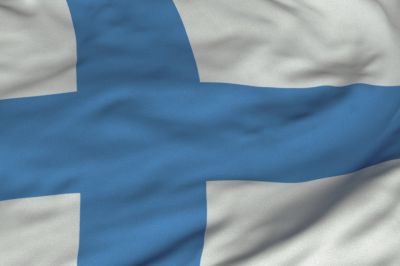Population (mln): 5,36
Official language/s: Finnish, Swedish
Time zone: UTC+1 Winter, UTC+2 Summer
Internet TLD: .fi
Calling code: +358
Member of the EU from: 1st January 1995
Unemployment rate Sep 2011 (%): N/A
Unemployment rate under 25 years Sep 2011 (%): N/A
Unemployment rate Sep 2012 (%): N/A
Unemployment rate under 25 years Sep 2012 (%): N/A
Population statistics 20-29 age group 2011 (%): 12,5
Country codes in education system: FI
Expected duration of education (years): 20,4
